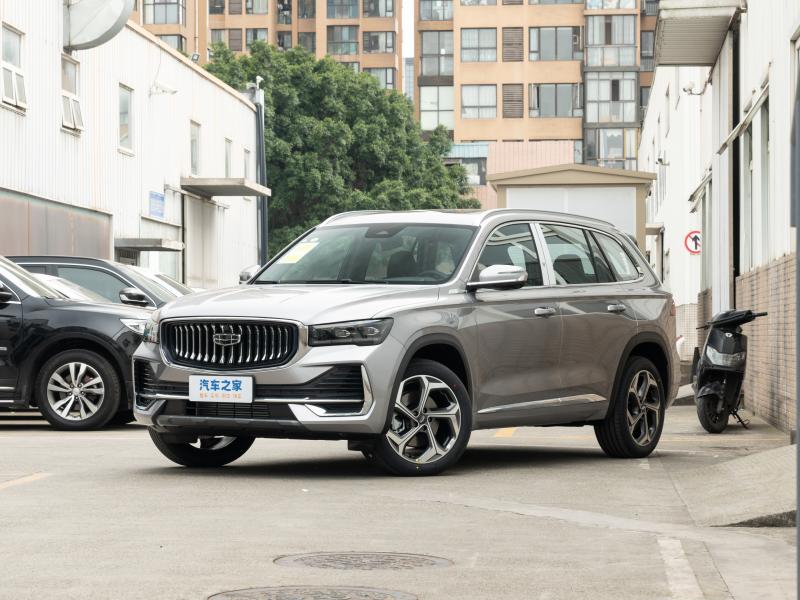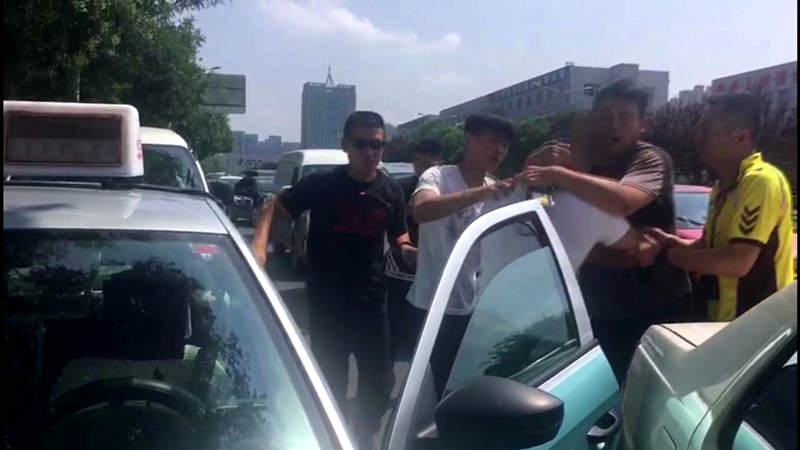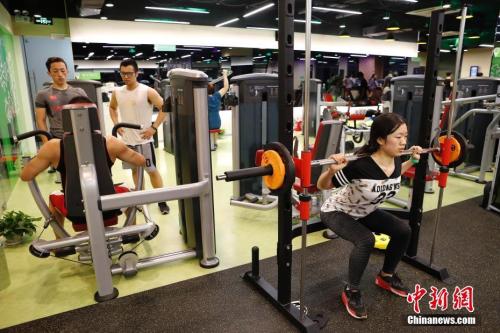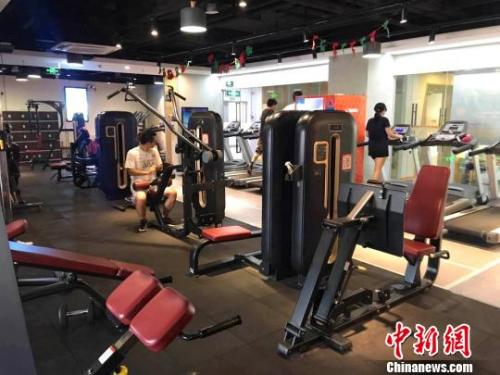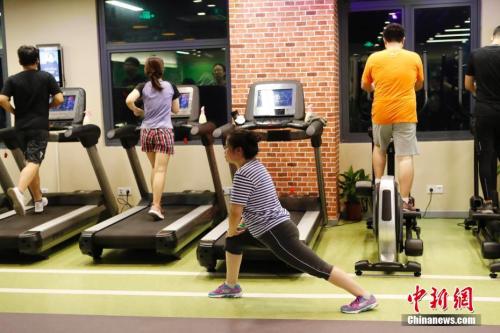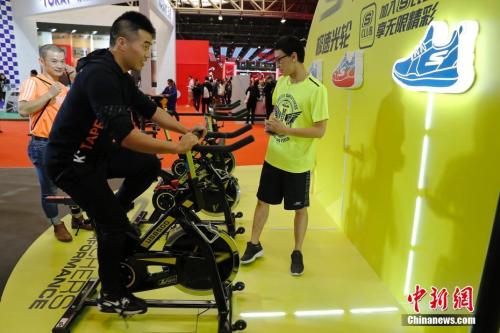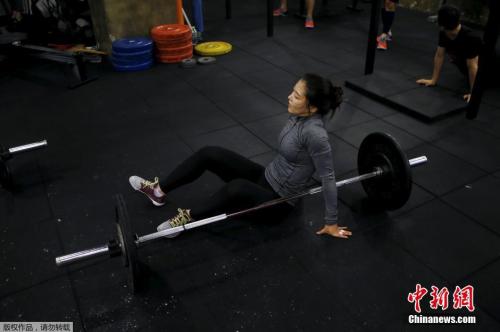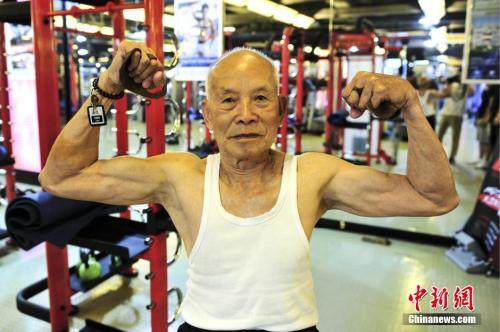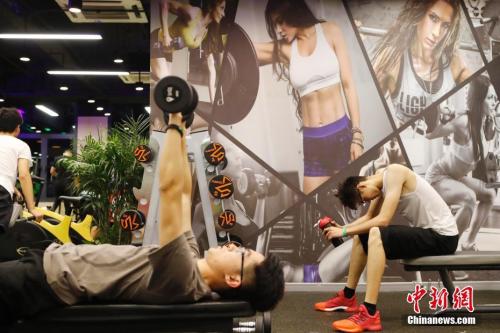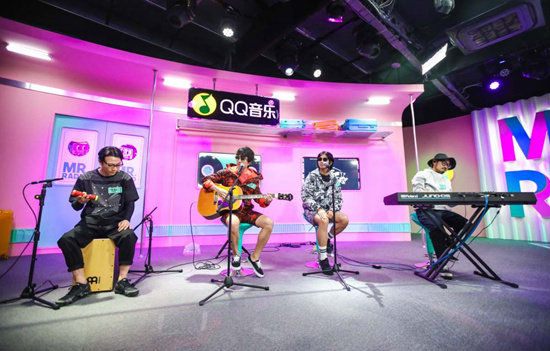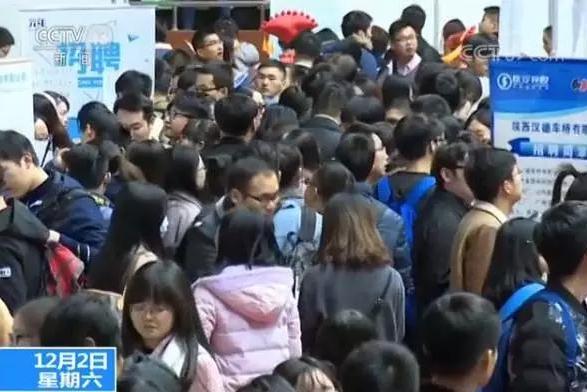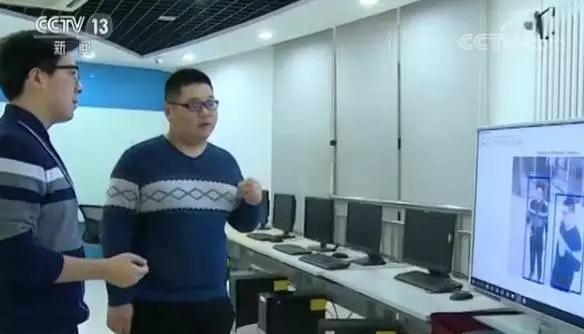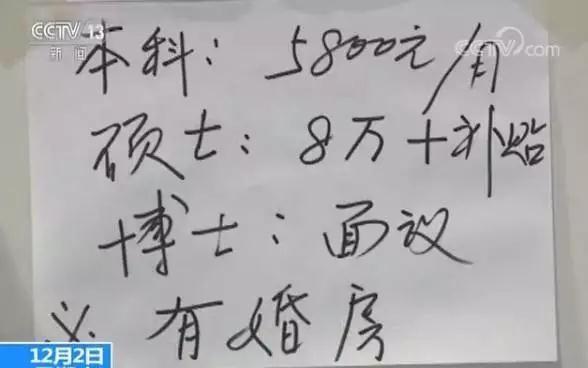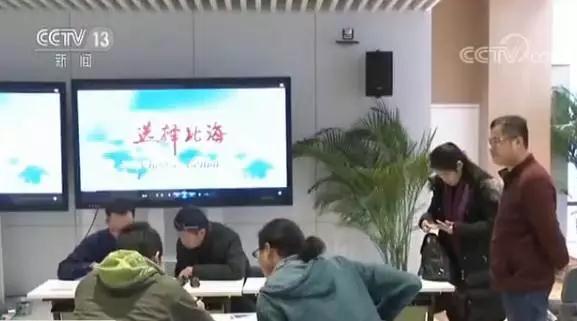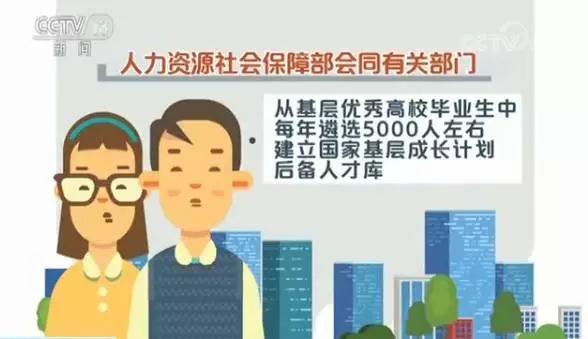The "white list" withdrew from the historical stage, and the market structure of power batteries changed.
The day before the new subsidy standard for new energy vehicles was officially implemented, the power battery market ushered in a big change.
On June 24th, the Ministry of Industry and Information Technology issued an announcement (No.22, 2019), indicating that it decided to abolish the Specification Conditions for Automotive Power Battery Industry (hereinafter referred to as "Specification Conditions") from June 21st, 2019 (Announcement No.22, 2015 of the Ministry of Industry and Information Technology), and the first, second, third and fourth batch of enterprise directories meeting the specification conditions were abolished at the same time. This means that the "white list" of power batteries for new energy vehicles, which existed in the industry for four years, was officially cancelled and withdrew from the stage of history.
Where does the "white list" of power batteries come from, what impact will its disappearance have, and what will be the trend of the competition pattern in the power battery market? The reporter exchanged and discussed with many experts and scholars in the industry on these issues that people care about.
Has helped the rapid development of the power battery industry.
In 2015, when the new energy vehicle market in China was booming, a large number of independent brands launched new energy vehicles intensively. As one of the core components of new energy vehicles, the situation of power battery market at this time is not so optimistic.
"Due to the low production threshold of low-end power batteries, stimulated by high subsidies, there are too many manufacturers in China’s automobile power battery industry, with uneven technical level and generally low technical strength." Liu Zhichao, an auto industry analyst, recalled.
In fact, by the end of 2014, there were as many as 177 supporting manufacturers of power batteries, while the sales of new energy vehicles in 2014 were less than 75,000. At the same time, there are as many as 1,600 new energy vehicles in the Announcement of Vehicle Manufacturers and Products.
It is not difficult to see from the huge gap between the sales volume of new energy vehicles and the types of products that many enterprises made low-priced and low-quality new energy vehicles in order to "cheat" at that time. Obviously, such enterprises can’t make a difference in the technological exploration and growth of power batteries.
More importantly, Japanese and Korean battery companies saw the market potential of new energy vehicles in China at that time. These enterprises have long been eyeing the local market in China. In this case of "internal troubles and foreign invasion", except for a few enterprises, the vast majority of local power battery manufacturers have entered a critical moment of life and death.
In view of this situation, in order to promote the healthy and stable development of the new energy automobile industry, on March 26th, 2015, the Ministry of Industry and Information Technology issued "Specification Conditions", clearly requiring that from May 1st, 2015, power battery enterprises should make online declaration according to the requirements of the Specification Conditions through the "Management System for Automobile Power Battery Production Enterprises". New energy vehicles can only enter the Recommended Catalogue for Promotion and Application of New Energy Vehicles if they are equipped with power batteries in the "white list", and then get subsidies.
Subsequently, the Ministry of Industry and Information Technology successively released four batches of enterprise catalogues that met the "Specification Conditions", and a total of 57 enterprises were shortlisted. Since then, four batches of 57 power battery and system enterprises have entered the white list.
Nowadays, the number of new energy vehicles in China has jumped from less than 75,000 in 2014 to an industrial pillar with an annual sales of 1.256 million vehicles. At the same time, domestic power battery enterprises also increase investment and research and development.
"We can see that in ‘ White list ’ Under the guidance of, excellent power battery enterprises such as Contemporary Amperex Technology Co., Limited, BYD, Lishen and Funeng have emerged in the domestic power battery industry. The low-end factories that had been shoddy and sought subsidies were also forced to switch to sub-sectors such as electric bicycles, power tools, energy storage and low-speed vehicles, and domestic batteries entered an era of steady and rapid development. " Liu Zhichao said.
Power batteries enter a new era of market competition.
Although the "white list" of power batteries has helped the rapid growth of the power battery industry and the new energy automobile industry. However, with the development of new energy automobile industry in China, the "white list" no longer meets the development needs of the market and industry.
“‘ White list ’ It has a strong correlation with the subsidy for new energy car purchase. As the subsidy continues to decline, the subsidy will disappear completely in 2020, and the order-oriented role of the white list will also fade away. " Liu Zhichao said, "‘ White list ’ During its existence, the policy has played a guiding role in industry norms. Local battery companies have generally reached the standard in standardized operations, and the competitive pattern within the industry has emerged. During this period, market regulation will play a greater role than policy norms. "
He also believes that the "white list" not only protects the market share of power batteries, but also actually misses the golden time when China power batteries should make great efforts to curb the innovative research and development of power batteries by car companies to some extent.
Nowadays, under the new market competition, the "white list" has completed its original historical mission. And its withdrawal has also become a signal of the pattern change of the power battery industry and even the new energy automobile industry.
"The cancellation of the battery white list is a major new energy benefit, which is conducive to full competition in the industry, to the construction of a stronger industrial chain system, to the launch of new energy vehicles of international car companies in the China market, and to the reduction of costs and better battery resources of independent brands. It is a good thing to reflect the deepening of reform and opening up and greatly promote the development of the automobile market." Cui Dongshu, secretary-general of the National Passenger Car Market Information Association, said bluntly that due to the influence of the "white list", the pace of domestic new energy vehicles of some international car companies was slow, and it was also very difficult for these companies to switch to domestic batteries. Therefore, the release of battery control this time is conducive to the industrial development of international car companies in China, resulting in the "catfish effect" and promoting the new energy industry to make further progress.
With the official cancellation of the "white list", it is generally believed in the industry that Japanese and Korean power battery enterprises will enter the China market on a large scale. With the entry of Japanese and Korean battery companies, new energy vehicle companies have more choices. An analysis report of South Korea’s securities industry also believes that in the next three years, the foreign investment of Korean power battery enterprises will reach 10 trillion won (about 58.5 billion yuan), of which nearly 40% will be invested in the China market.
Although the involvement of Japanese and Korean power battery companies will increase the intensity of market competition, Cui Dongshu is optimistic. "In those days, mobile phone manufacturers such as Apple and Motorola entered the China market, which brought great help to the construction of mobile phone industry chain in China. Similarly, the entry of foreign battery companies will stimulate the development of the domestic industrial chain, promote the technological upgrading of independent supporting products, and realize the integrated development of industries. "
